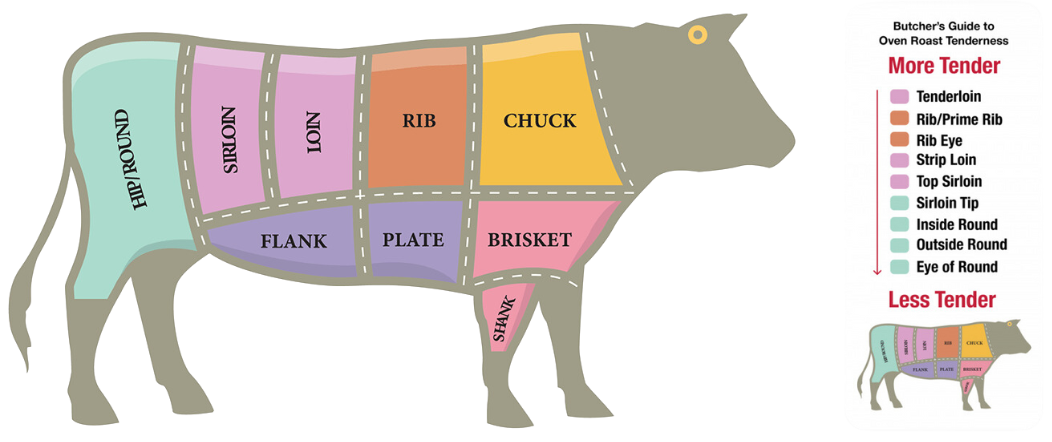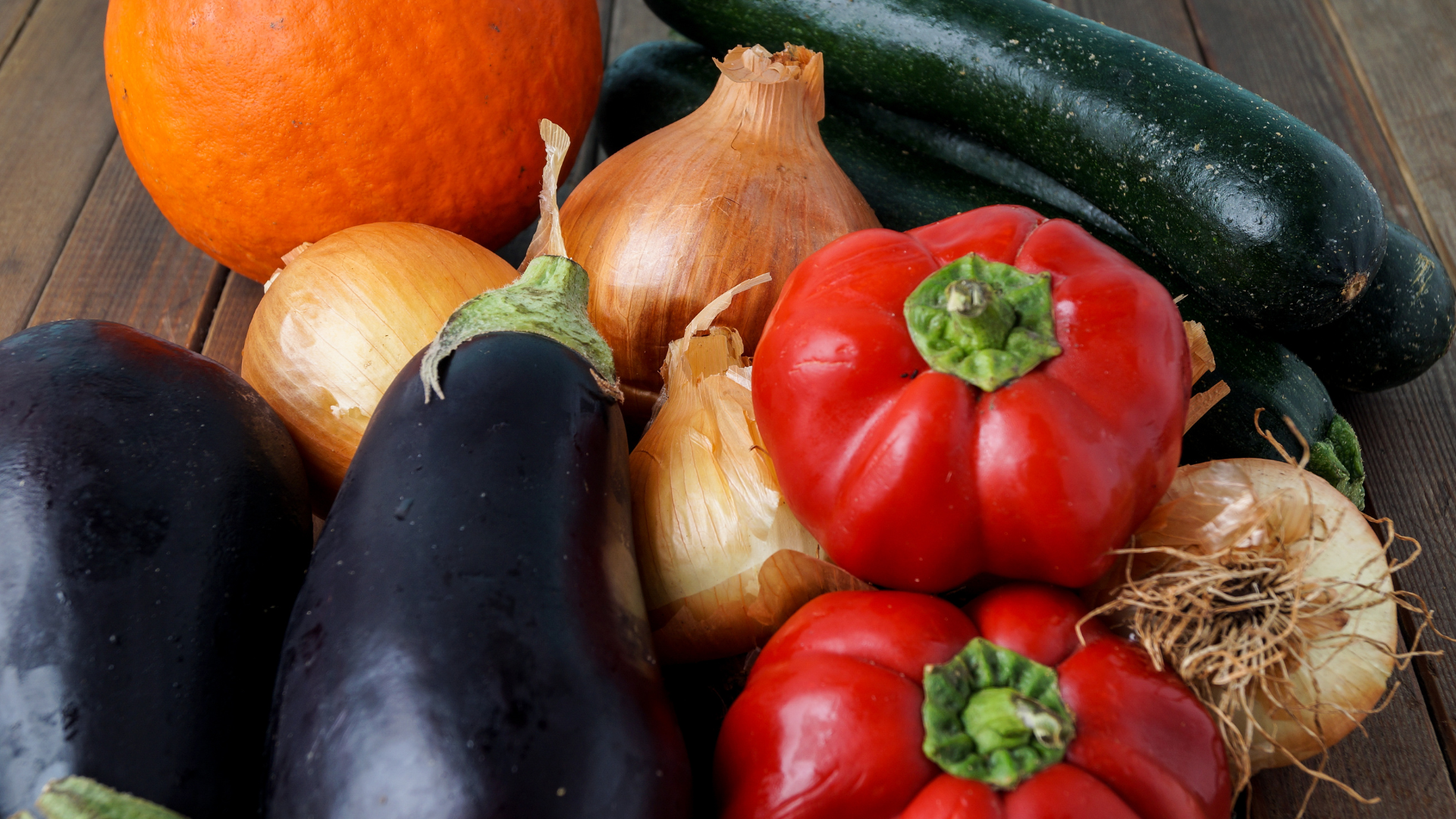Canadian Beef Basics
Delicious And Nutritious Canadian Beef At Fairway Market
Canadian beef is renowned for its exceptional quality. The cattle are raised in vast open spaces, allowing them to graze on natural, nutrient-rich grass, which contributes to the tenderness and taste of the meat. Canadian beef is a rich source of essential nutrients, including high-quality proteins, vitamins (B12, B6, niacin), minerals (iron, zinc), and healthy fats. Consuming Canadian beef as part of a balanced diet can contribute to overall health and well-being.
Canadian beef offers a wide range of cuts and products to suit various culinary preferences and cooking styles. From succulent steaks and juicy burgers to tender roasts and flavourful stews, Canadian beef provides versatility and adaptability in the kitchen.
Check out your local Fairway Market for a wide selection of cuts raised for you by Canadian beef producers.

CANADIAN BEEF GRADING BASICS
Any cut of beef can be The Best Cut – it is most important to choose the right cut for the cooking method that you want to use.
For example, grilled on the barbecue as a kabob, Stewing Beef cubes may not be very tender . . . but slowly simmered in a savoury blend of broth and red wine and Stewing Beef can become one of the most tender, flavourful beef cuts.
INSPECTION
Canada has a comprehensive Meat Inspection System in place to help ensure Canadians have access to a safe, wholesome food supply. Inspection is not related to eating quality or Grading.
Inspection can take place at the federal, provincial and municipal government levels
GRADING
Beef Grading can indicate the amount of marbling in the meat. Grading is a voluntary process for Canadian beef, but Inspection for safety is mandatory.
Canada’s Top Grades, ranging from most to least marbling are: Canada Prime (available mainly in restaurants), Canada AAA, Canada AA or Canada A.
Beef can be sold ungraded, but eating quality can vary. Grading has nothing to do with Inspection.
MARBLING
Marbling can enhance the juiciness and flavour of beef. It refers to the amount of fine white flecks of fat that you see running through the lean meat.
Beef Grading can indicate the amount of marbling in the meat.
AGING
Aging can dramatically improve beef tenderness and flavour. In the aging process, beef is held at controlled temperatures and humidity for a period of time. During this time, enzymes naturally occurring in the meat break down some of the connective tissue that contributes to toughness.
For enhanced eating quality, look for beef that is aged at least 10 to 14 days. Check with your meat counter representative for details about the aging policy of the beef they sell.
Beef CANNOT be safely aged in a home refrigerator.
Source: Canadian Beef, https://canadabeef.ca/cuts-by-colour/






